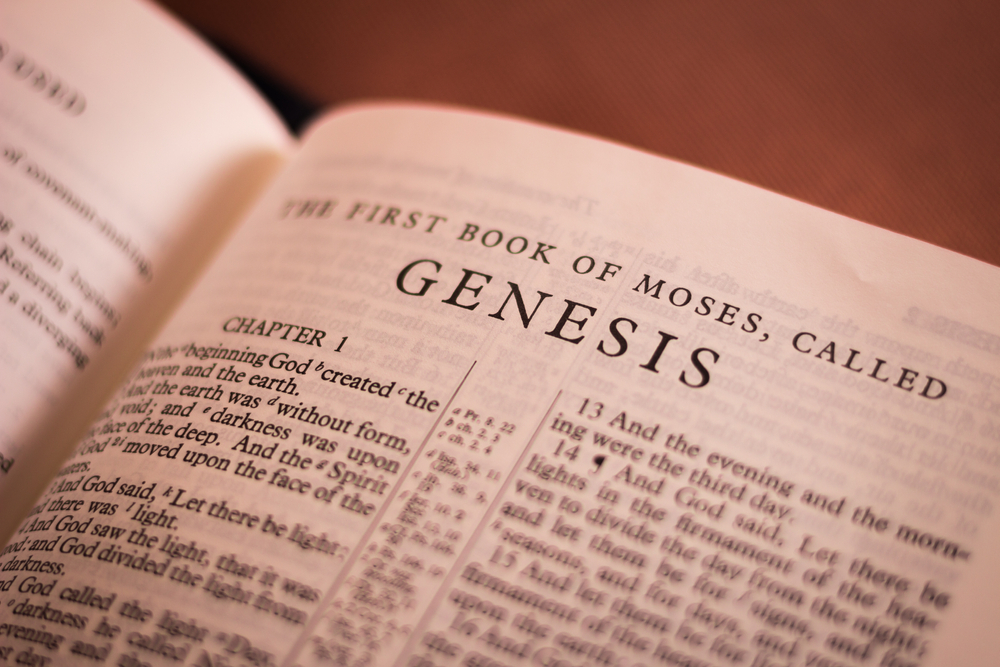
How old is planet Earth? Science places its birth at around 4.6 billion years ago. Creationists contend that Earth is less than 10,000 years old based on literal readings of Genesis. But comparing our planet’s natural history with Genesis’s first creation account reveals stunning similarities. We can see a few resemblances when looking at how oceans, dry land, and plant life came to be.
How Geology and Genesis Develops Our Planet’s Timeline
Just like onions and ogres, our planet has layers. National Geographic’s resource library explains how these layers work. Earth’s inner core mostly contains iron and nickel; scientists estimate its average temperature at around 9,300 degrees Fahrenheit. Next comes the molten outer core, which is about 500 degrees hotter and also made of an iron-nickel alloy. The mantle contains many minerals, metals, and silicate compounds and ranges between 1,800 and 6,700 degrees Fahrenheit. The crust is the outermost layer, comprised of both oceanic and continental crusts.
Geologists, oceanographers, and paleontologists use discoveries from the Earth’s crust to create its geological timescale. Analyzing fossils, rock strata, and ocean geology, they piece together a sequence of events plus the times at which they occurred.
Let the Dry Land Appear
An August 2019 Sciencing article offers a basic timeline of Earth’s development. It’s a primer that breaks down how both the planet and its inhabitants evolved over time. Our planet’s core coalesced about 4.5 billion years ago, after which the mantle and crust formed. Once these layers cooled, rain began to fall from condensed water vapor above the surface. Over several thousand years, basins in the crust collected this rain to form our oceans. NOAA adds that these oceans first existed around 3.8 billion years ago.
Now, let’s look at the first chapter of Genesis. Verses 9-10 describe the narrative surrounding the creations of the oceans. They also mention this water’s separation from dry land. Encyclopedia Britannica reveals that the supercontinent Pangaea was fully formed around 300 million years ago. Thanks to plate tectonics, it began breaking apart about 200 million years ago during the early part of the Jurassic Epoch.
Vegetation on Planet Earth
Continuing through the first creation account, Genesis 1:11-12 chronicles how God commanded vegetation to appear on the planet’s surface. This occurs after dry land and oceans formed. Interestingly, this also matches the timeline pieced together by our scientists.
Complex factors worked to give rise to plant life. Large stellar bodies pummeled our infant Earth during its earliest history: comets, asteroids, and the object that eventually became our moon. Scientists believe that some of those impacts left amino acids and other biomolecules—the crucial building blocks of life.
When our oceans first formed, they housed blue-green algae known as cyanobacteria. They were the first organisms to use photosynthesis, creating their own nutrients and releasing oxygen into our area. This oxygen reacted with iron present in the water. When this iron ran out, large quantities of oxygen started accumulating in our atmosphere. Once most anaerobic organisms went extinct, Sciencing explains, this paved the way for multicellular aerobic eukaryotic organisms to appear.
From what we currently know, we estimate that land plants appeared at least 500 million years ago. Science writer Elizabeth Pennisi adds that these plants first grew during the Cambrian period, near the beginning of the Paleozoic Era. That’s also when multicellular animal life began its rapid development, giving rise to both land and marine organisms.
Harmonizing Science and Genesis
“My senses tell me what the world is. Science shows me how it came to be. And religion tells me why.” This quote from Dr. Suvi Anwar in the video game “Mass Effect: Andromeda” expresses how science and faith can readily coexist. Like Dr. Anwar, many people see how the two complement each other. The key is knowing where to look.

